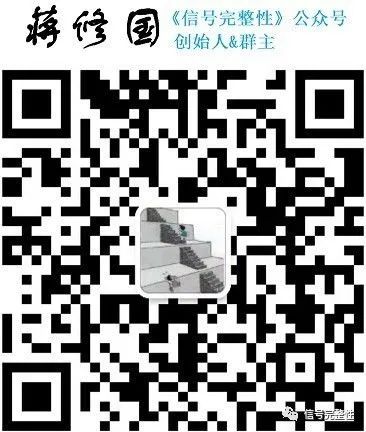The oscilloscope is the most common instrument for electronic engineers, and many people compare it to the “eyes” of an engineer, which sufficiently illustrates how important oscilloscopes are to engineers.
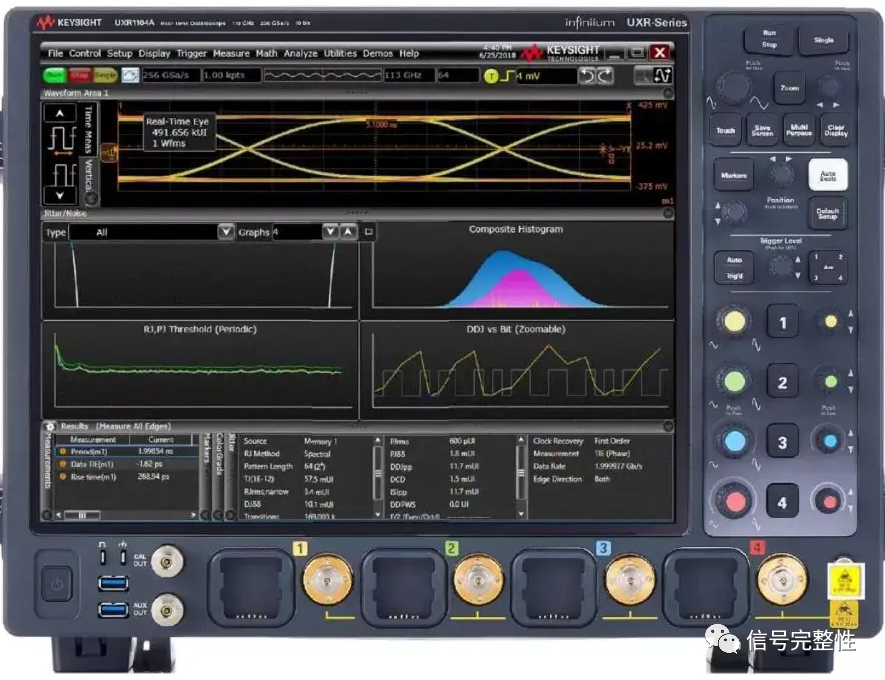
How is the signal displayed on the oscilloscope screen? On the oscilloscope, the signal transmission goes through a series of resistors and capacitors inside the probe. It then enters the oscilloscope, where the signal is modulated by the analog input signal modulation module. Depending on the signal’s magnitude, it is amplified or attenuated accordingly to fit within the dynamic range of the Analog-to-Digital Converter (ADC). The analog signal is converted into digital data (1s and 0s) within the ADC module. Meanwhile, the trigger module compares the signal with specified trigger conditions. The trigger conditions inform the time base module when to capture the digital data and save it to the circular acquisition memory. The Digital Signal Processing (DSP) module analyzes the digital data and reconstructs the waveform for display on the screen.
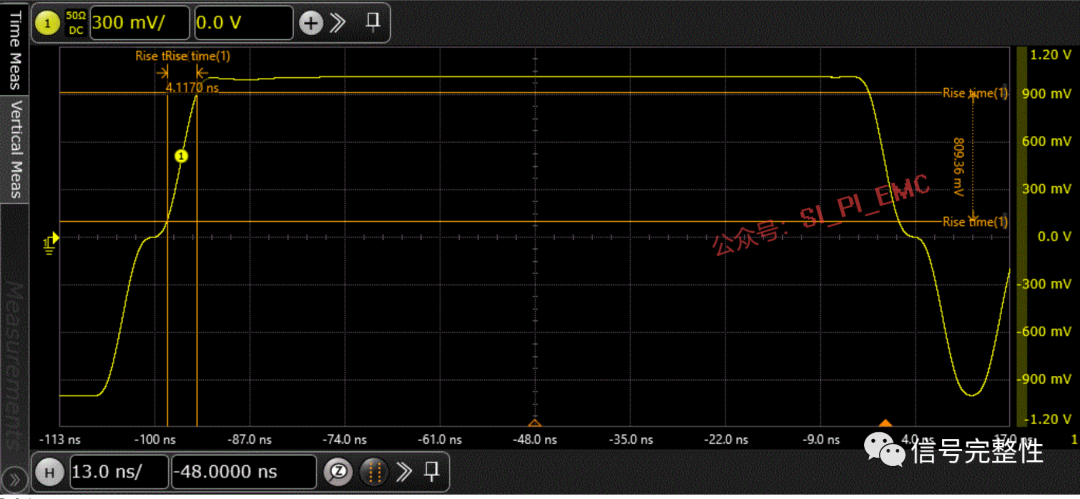
For all oscilloscopes, once the signal is displayed, the next step is to perform the corresponding measurements. Oscilloscopes now come equipped with extremely rich built-in measurement functions, allowing engineers to quickly analyze the amplitude and time parameters of waveforms. Examples of these basic measurements include:
Rise Time: The rise time is the time at the upper threshold minus the time at the lower threshold of the edge you are measuring. The fall time is similar, calculated as the time at the lower threshold minus the time at the upper threshold of the edge you are measuring.
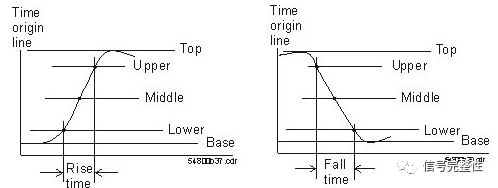
Pulse Width: The pulse width is the time from the midpoint of the first rising edge to the midpoint of the next falling edge.
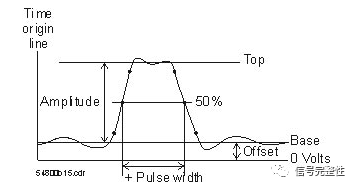
Amplitude and Other Voltage Measurements: This is the measurement of the amplitude displayed by the waveform. Typically, you can also measure peak-to-peak voltage, maximum voltage, minimum voltage, and average voltage.
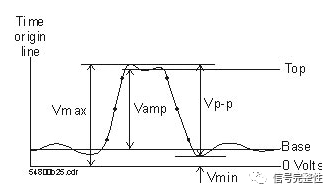
Period/ Frequency: The period is defined as the time between two consecutive crossing points of the midpoint voltage. Frequency is defined as 1/period.
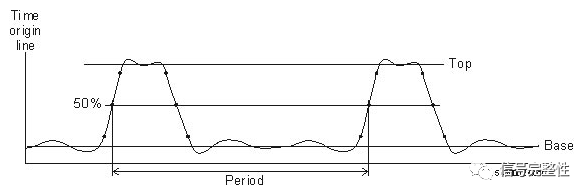
Setup and Hold Time: The setup time is the minimum time that data must remain stable before the clock edge arrives. The hold time is the minimum time that data must remain stable after the clock triggering event occurs.
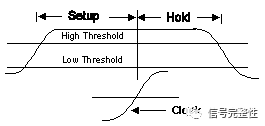
Eye Diagram: The eye diagram is simply the overlay of a series of pulse signals (000, 001, 010, 011, 100, 101, 110, 111) received at the receiving end on a high-speed oscilloscope to form an eye diagram. By adding an eye diagram template, you can quickly assess whether the signal meets bus or system requirements.【Insights】 The story behind the eye diagram 【Clear Eyes】 and 【Waist】
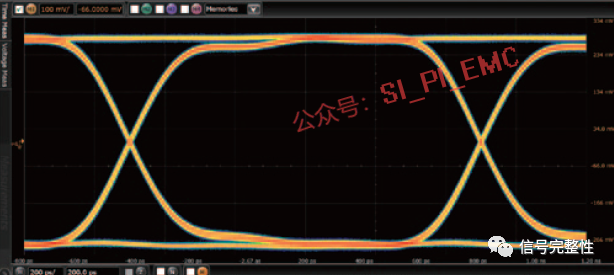
There are many other measurements on the oscilloscope, such as duty cycle, offset, noise, jitter, and other parameters. Here, we only provide some basic measurement concepts.

Traditionally, the parameters measured by oscilloscopes are time-domain parameters, but with the development of technology, oscilloscopes have diversified, and some oscilloscopes can also measure frequency-domain parameters, especially during power integrity and EMC analysis, where time-domain signals are often converted into frequency-domain curves for analysis. This helps identify which frequency bands are problematic, allowing for targeted solutions.
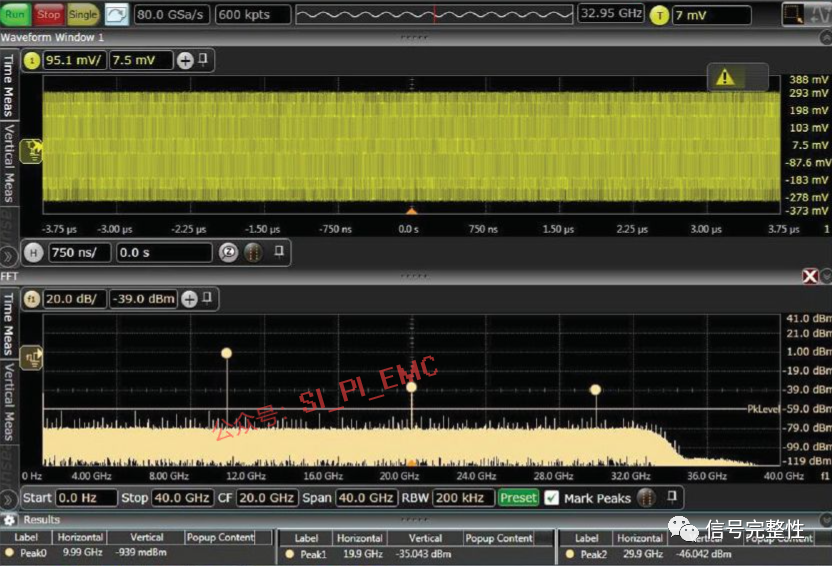
Regardless, the oscilloscope is always just a tool; to analyze actual problems, engineers need to look beyond the phenomena to find the essence.
Related Reading:
|
How to Make ADS a “Mobile Oscilloscope” 【Insights】 Let Simulation Embrace Testing, Learn to Connect ADS with Sampling Oscilloscope in One Article The Role and Working Principle of Oscilloscope Probes Seven Common Mistakes to Avoid When Measuring with an Oscilloscope How to Import Simulated Waveforms or Eye Diagrams into an Oscilloscope |
|
|
|


